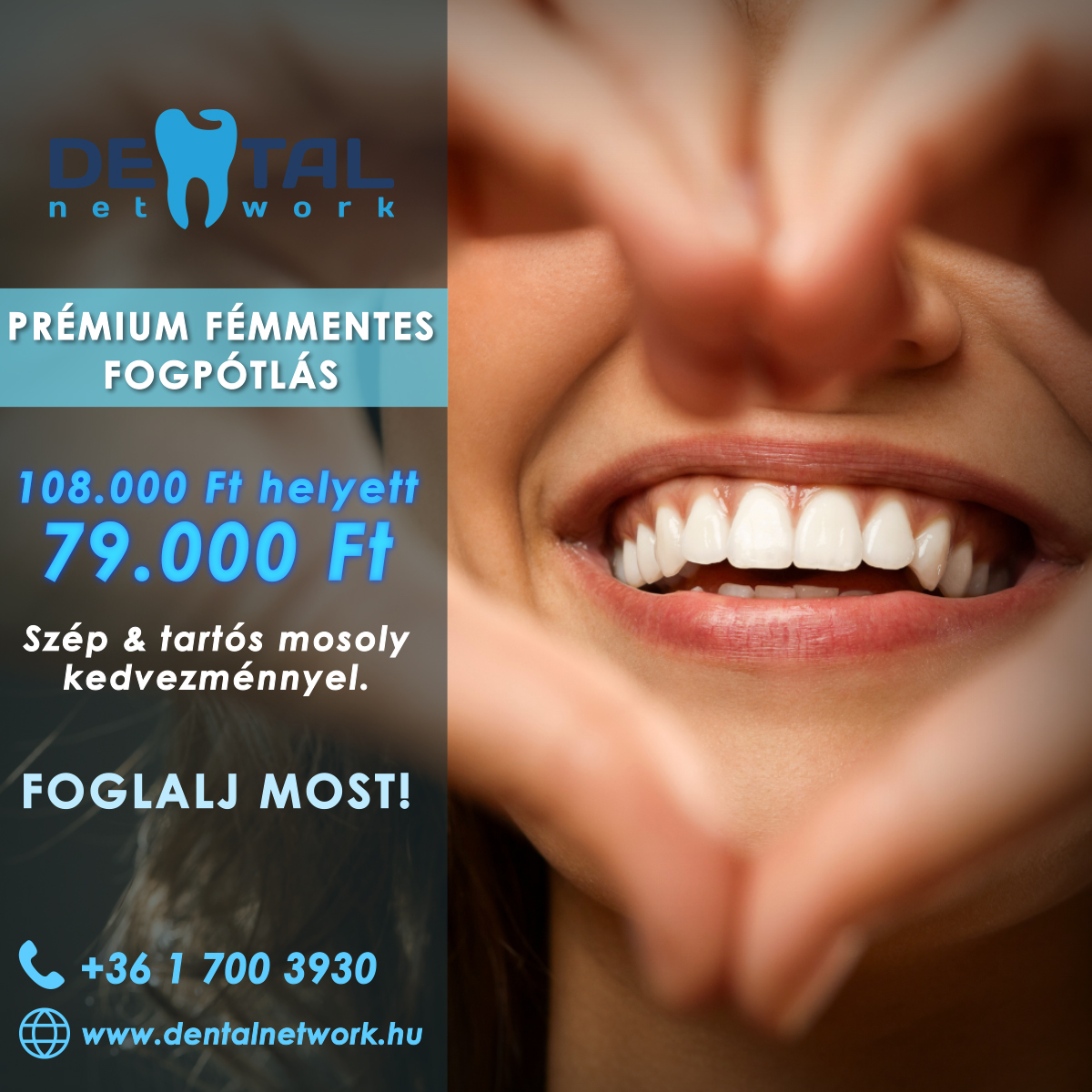Dental CT: Applications of CBCT Technology
When is dental CT necessary, and what do modern CBCT devices serve for? How does the diagnostic imaging process unfold, and how much time should be allocated for the procedure?
Dental CT vs. Traditional X-ray
Compared to a 2D panoramic x-ray, dental CT provides an extremely detailed image of the oral cavity because it creates a 360-degree capture of the area. It can depict bones, soft tissues, and vessels, whereas traditional x-ray primarily detects bone issues. A single dental CT examination produces a 3D image of the oral cavity, making it one of the most crucial diagnostic tools for patient monitoring and treatment.
What is CBCT?
Dental CB (Cone Beam) Computed Tomography (CT) is a special type of x-ray equipment used in situations where regular dental x-rays are insufficient. This type of CT scanner utilizes a special technology that captures three-dimensional (3D) images of dental structures, soft tissues, nerve paths, and the craniofacial region bones from a single scan. 3D CBCT imaging allows for more accurate treatment planning.
CBCT Imaging vs. Traditional CT
CBCT is not the same as traditional CT; CBCT imaging uses cone-shaped diverging x-ray beams but involves lower radiation exposure compared to traditional CT.
When is Dental CT Necessary?
Dental CT is used in the following cases:
Planning the surgical removal of impacted teeth;
Diagnosing temporomandibular joint disorders (TMJ);
Precise placement of dental implants;
Examining the jawbone, sinuses, nerve canals, and nasal cavity;
Recognizing and treating jaw tumors;
Determining the orientation of bones and teeth;
Localizing the origin of pain; and
Planning reconstructive surgical interventions.
Dental CT at Fehérvári Dental
Our clinic is equipped with the state-of-the-art Dentium Rainbow™ CT machine that facilitates quick and straightforward diagnostics. This 3-in-1 system provides CBCT, panorama, and cephalometric imaging for dental diagnostics, offering clear, distortion-free images of the areas under examination. It is advised to postpone the examination during pregnancy due to radiation exposure, which is otherwise minimal.
Before the examination, the following items should be removed:
Jewelry, including earrings,
Removable dental work,
Hairpins,
Glasses,
Hearing aids.
The radiology assistant will provide a lead apron, and during the imaging, which takes about 10-40 seconds, the patient must remain still. Including the transfer of images onto a CD or USB drive, the total examination time is approximately 20 minutes.
Fehérvári Dental: Professional Dental Care in the Heart of Budapest
Since our establishment in 1997, we have been committed to providing your family with the highest standard and comprehensive care, from the little ones to the great-grandparents. Our specialists cover every area of dentistry, thus complex treatments requiring multiple dentists can also be handled on-site. Our team's professional and coordinated operation is evident throughout the entire care process—from specialist consultations to administrative tasks.
Our dental practice upholds a high standard in both design and technical equipment. Our three-level clinic houses three modern treatment rooms and an imaging diagnostic area (panoramic x-ray, cephalometric x-ray, CBCT, intraoral) connected by a spacious elevator, which accommodates those with mobility restrictions and those with strollers comfortably.
Book your appointment now!





















